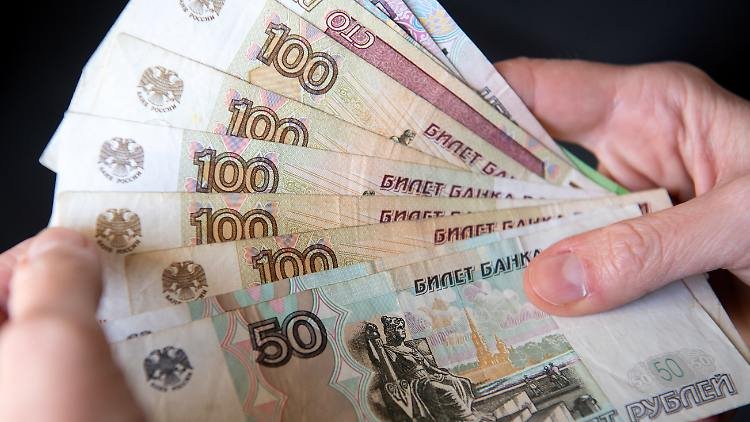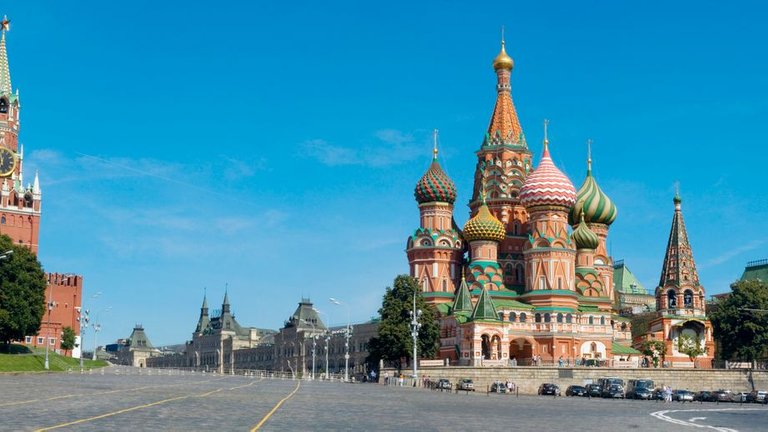Russia's economy is in shambles, its currency has collapsed, its debt is garbage. The next threat is national bankruptcy, which could cost investors billions and isolate the country from the financial market.

Warning lights are red. A default would send shockwaves through markets, where Russian bond investors have already suffered massive losses since the country invaded Ukraine a few weeks ago. The government says all debts will be paid, but in rubles. Russia practically does not allow payments in dollars. Non-payment, as well as payment in rubles, would start the countdown to a wave of defaults on nearly $150 billion in Russian foreign currency debt owed by both the government and Russian companies like Gazprom, Lukoil and Sberbank.
The event is reminiscent of previous crises, such as the 1998 Russia crisis, when the country failed to repay some ruble-denominated debt. Argentina found itself in a similar situation three years later. Signs of impending losses are already emerging from many fund managers, including Blackrock's Pacific Investment Management fund division and Allianz.But it will probably not stay with these mega funds. Many of Russia's bonds were investment grade just a few weeks ago, so the stocks were widely featured in global bond portfolios and benchmarks. The effects are likely to affect countless pension funds,
endowments and endowments. "It's going to be a monumental default," said Jonathan Prin, portfolio manager at Greylock Capital Associates. “Converted, it will be the most serious default in an emerging market since Argentina.
In terms of impact, it will likely be the worst default in an emerging market since Russia in 1998. Russia has been an economic pariah ever since President Vladimir Putin ordered troops into Ukraine two weeks ago. Russia's economy has been crippled by sanctions and the exodus of foreign companies, from Coca-Cola to Volkswagen. The country has hiked interest rates and imposed capital controls, stalled before an economic recession, double digit inflation and 20% inflation. About half About $300,000 million of the country's foreign exchange has been frozen, according to the Treasury Department.

Currency rules notwithstanding, Russian companies are finding it increasingly difficult to pay their debts as sales and profits are hit by the collapse in demand. Everything points to a break. The swap market sees a 70 percent chance that Russia will miss a payment this year. Rating agency Fitch said default was imminent. Indicative government bond prices are valuing some of them at less than 20 cents on the dollar, another sign that a default is likely.
Just days before the invasion, the same bonds were trading above average. Russia's last default, in 1998, was only on domestic debt. Thus, a foreign exchange default would be the first since the October Revolution of 1917, when the new Bolshevik rulers refused to recognize or pay the Tsar's debts. The Moscow ministry ordered payment of the $117 million owed on Monday, but did not name the currency.
The terms of the bonds in question do not allow payment in rubles.This technically follows a 30-day grace period until April 15th. According to Amherst Pierpont investment strategist Siobhan Morden, it is Russia's dramatic and sudden descent from investment grade into a financial no man's land that is compounding the losses. It can reduce the economic impact and limit losses by gradually selling off assets,” he said. Dollars and the rest in euros, shows data compiled by Bloomberg. Only $25 billion was spent by state-owned natural gas giant Gazprom.
While the sum is significant, it should not pose a systemic problem for financial markets. Opinion of International Monetary Fund Director Kristalina Georgieva, who said last weekend that the banks' exposure was "not systemically important".